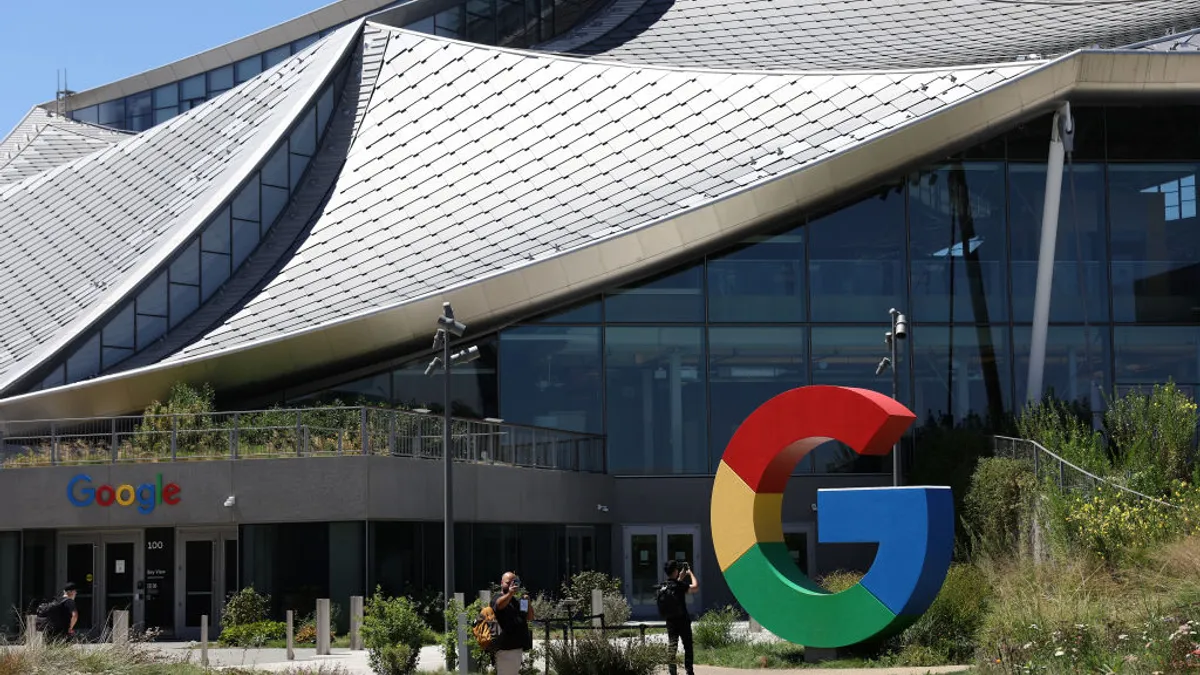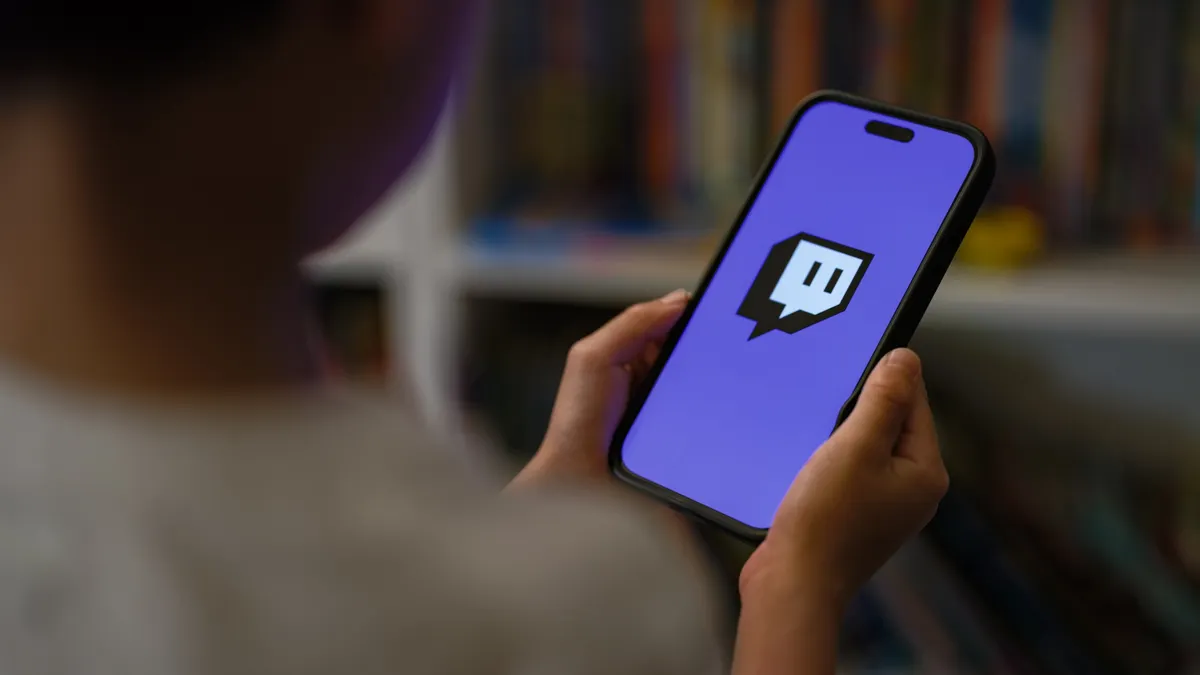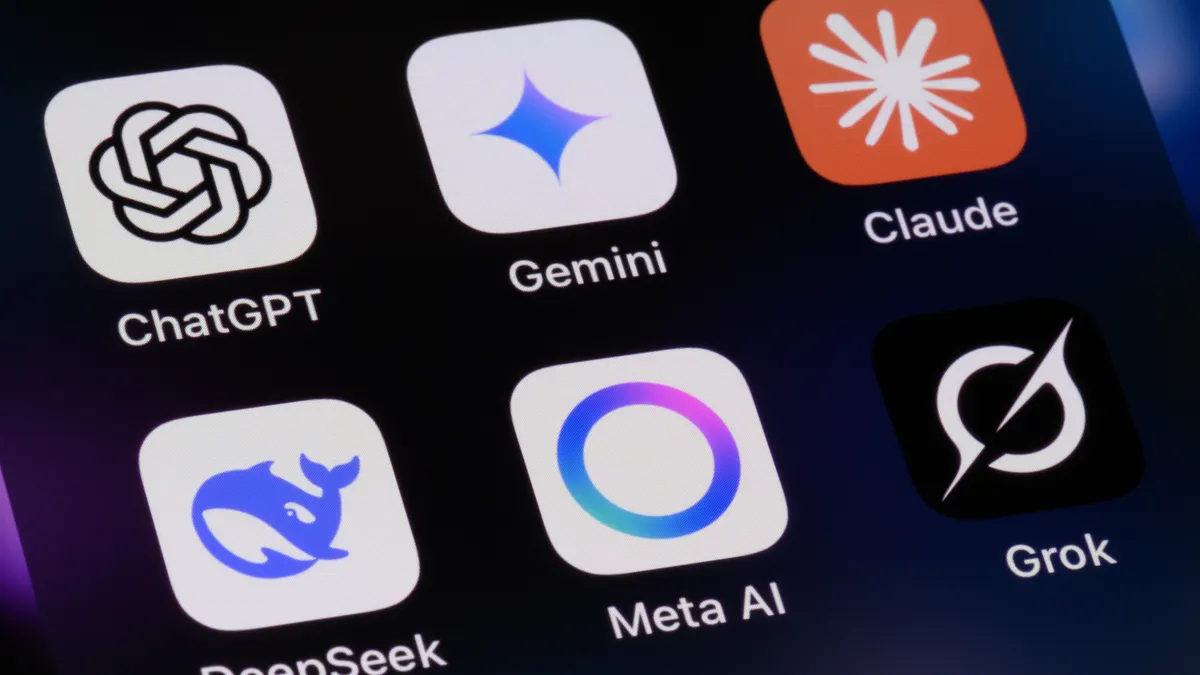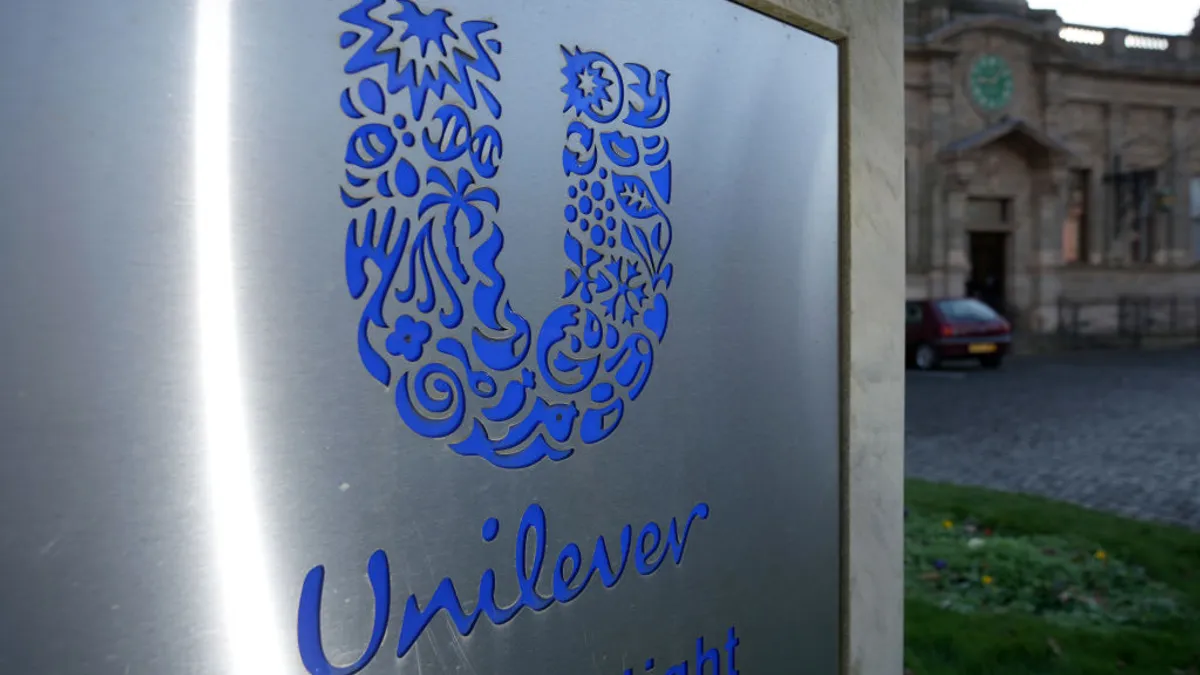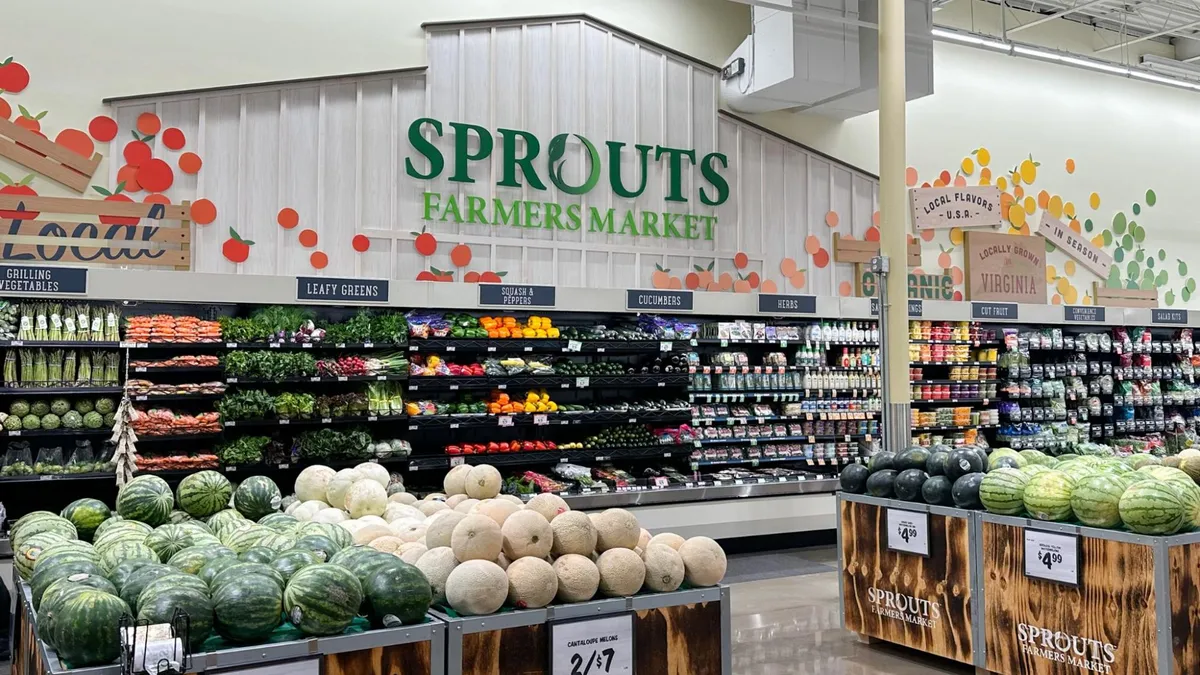Using predictive analytics, Internet media company Topix speed up decision-making 3x for which digital ad campaigns to continue and which ones to drop, helping it save money that is being reinvested in experimenting with new approaches.
Topix gets 2.7 billion page views each month largely by running hundreds of targeted ad campaigns to drive traffic to its entertainment sites. With the volume of ads the company produces, it needed to be more accurate and faster at determining which ads were actually profitable, a pain point the company had been tackling through a combination of unintegrated tools and a time-consuming, disjointed process. Partnering with DataScience, the company leveraged predictive analytics and now it is able to quickly ditch campaigns that aren’t working within a day or two of deployment.
“Topix is still placing at least as many ads as before,” Steve Rubinstein, COO of Topix, told Marketing Dive. “However, we don’t worry about the costs as much because we can turn the losers off faster. We don’t have a shortage of good content to test, so we’re able to find what works best.”
A confidence boost
Data-driven marketers are looking for ways to apply predictive analytics to optimize their efforts as access to the high-level tactic widens and results point to its effectiveness.
Two studies from last year point to the value and reach of predictive analytics. Research from Demand Metric found 44% of B2B marketers are using or testing the tactic, and Radius’ 2016 B2B Demand Generation Benchmark Study found that marketers using predictive analytics in lead generation met their objective 55% of the time compared to 30% for marketers not using the technology.
Topix settled on predictive analytics after initially attempting to work in-house to uncover ways to decrease costs and increase speed and accuracy before realizing this wasn’t the most efficient or cost effective way to work through the issue.
“Topix wanted to improve the ad campaign testing process,” said Rubinstein. “Before the partnership, we didn’t have confidence in how long we needed to test the campaigns until we could decide if they would be successful. The process took too long, and wasted money and time.”
Making the cut
The process began with Topix providing DataScience with access to its entire database of campaign testing data. There were also discussions about what success or failure looked like and how the data was being interpreted, said Rubinstein.
DataScience used this information to determine which metrics were most predictive of profitability. From there it used a training data set to build a predictive model that separated campaigns into two groups — profitable and not profitable — after one day of data, and then again after a second day of data.
The actual model employed machine learning through a DataScience-built support vector machine that used weighted samples by total profit to create the decision point between the two groups. The samples were weighted to ensure the model was sensitive to high impact campaigns.
“DataScience worked with Topix to set up a nightly process to write the model predictions to a table, so that each morning Topix would have clear direction of which assets to cut and which to integrate into their marketing strategy,” Sadie Bascom, Customer Success Manager at DataScience told Marketing Dive.
For Topix, the primary challenge was figuring out how simple and clear cut the answer needed to be on which campaigns were profitable and which weren’t.
“We were happy to have a process that allowed us to make decisions early even if that meant that we may not eliminate all failed campaigns on day one or day two,” said Rubinstein. “The fact that we could cut the vast majority so early, was a huge win.”
Testing, one, two, three
Most successful ads, and even many ads that fail, can be predicted ahead of time but the issue for Topix was that being right even 70% of the time wasn’t good enough to scale the process along with being efficient with time and money, according to Rubinstein. He added that the team is still learning and analyzing results to continue to maximize the return on the insights generated.
The ads themselves were relatively simple with an image, headline and some additional text. Rubinstein said Topix creates many combinations of these ad elements and then lets Facebook and DataScience determine which are the best.
The key result was Topix was able to speed up campaign decisions by 3x and in the process saved the ad spending that further testing would have required. According to Rubinstein the time and cost savings are translated into a quicker pace for new campaign generation and running campaigns for more items.
“Topix is operationalizing the outputs of its predictive models allowing us to save time, save money and allowing the marketing department to test more in parallel or use the time saved to do other things,” Rubinstein stated.


